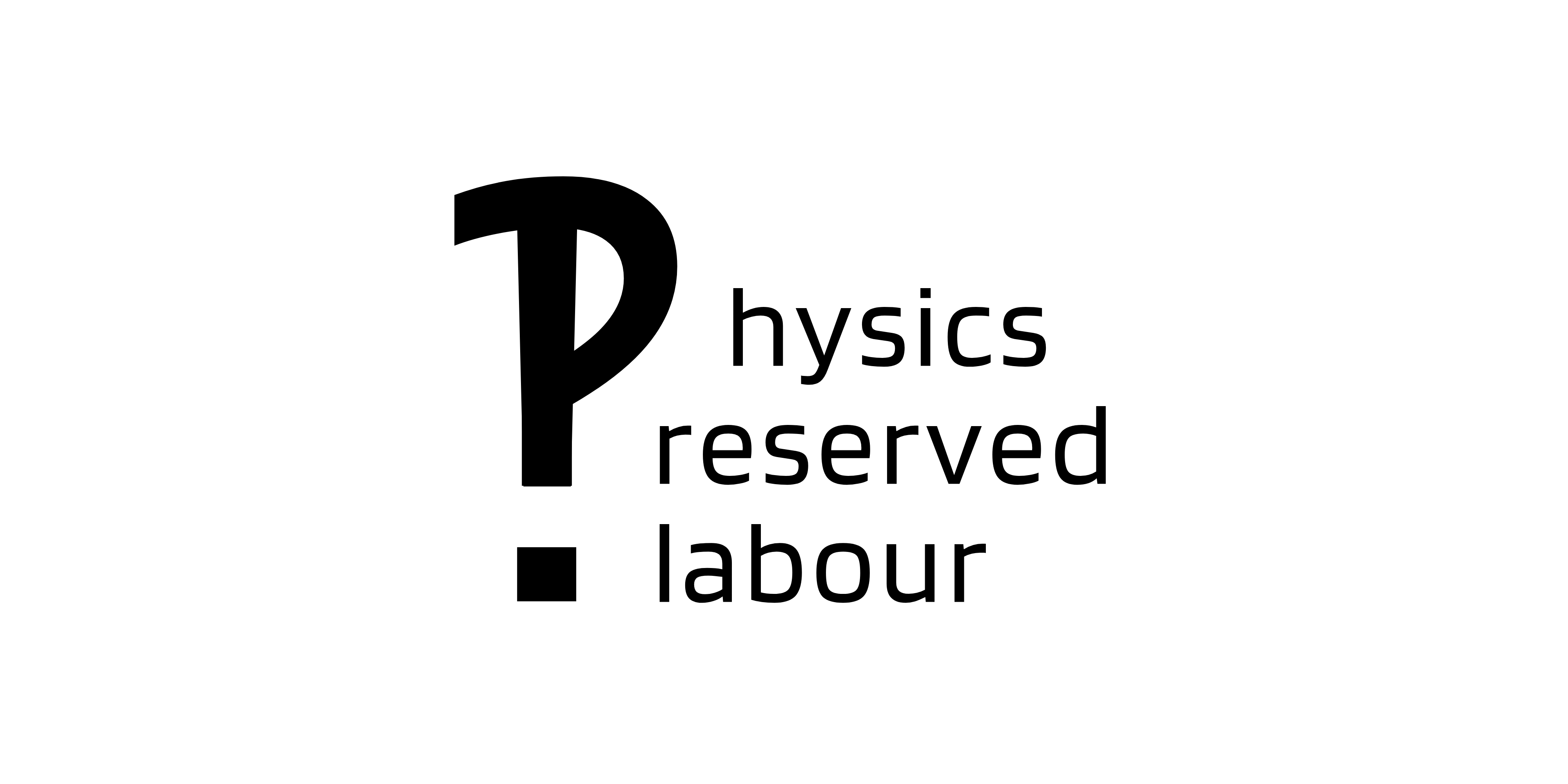Zheng Shen
Book Club Notes, 2024 Fall, Lecture 12
Author: Finn
Qianye Yu
Book Club Notes, 2024 Fall, Lecture 10 and 11
Junye Chen
Book Club Notes, 2024 Fall, Lecture 8 and 9
Qihan Liu
Book Club Notes, 2024 Fall, Lecture 7
Xiangnan Shen
Book Club Notes, 2024 Fall, Lecture 5 and 6
Jianan Zhang
Book Club Notes, 2024 Fall, Lecture 4
Jianan Zhang
Book Club Notes, 2024 Fall, Lecture 3
Qianye Yu
Book Club Notes, 2024 Fall, Lecture 1
Qianye Yu
Book Club Notes, 2024 Fall, Lecture 2
Blog@CITA: Perfect Fulfilling
It’s been two weeks since my internship started at CITA, and if I were to describe the feeling of studying, working, and living here in the simplest terms possible, “perfectly fulfilling” would probably be the one.
I’d like to believe that we’ve moved past the phase of excessively praising the grass on the other hemisphere of earth, but there are still many things here that I genuinely appreciate and enjoy, to the point where I can’t help but offer some comments. Toronto, in a way that is hard to pinpoint, allows me to live and work at a pace that simply feels comfortably fitting. I think this is, to some extent, due to a community atmosphere that is difficult to precisely describe.
If I were to characterize the inclusivity of this community using a power spectral density (PSD) function, my ideal scenario would look something like this: a fairly wide range, allowing me to meet various kinds of people; a sufficiently large mean, indicating a decent level of average human kindness; not too exaggerated a variance, implying an equal distribution without falling into the trap of egalitarianism; and a noticeable peak, indicating some nontrivial commitment to science and education. Of course, words like “sufficiently large” and “fairly wide” are quite ambiguous and scientifically irresponsible, which is why I say that the community atmosphere is not easily describe.
The feeling of being “perfectly fulfilled” is similarly imprecise. Maybe one day I’ll describe it as “perfectly relaxed,” but of course, that wouldn’t provide any more knowledge of the feeling. I’m rambling again. To be honest, I’ve been in a poor state over the past year. Compared to the period from mid-2022 to mid-2023, the past year has been awful. Looking back, I think it’s due to a kind of stubbornness that misses the point. Over the past year, I think I’ve been too fixated on “getting myself into an ideal state before engaging in work, study, or other things I’m passionate about.” The initial intention, of course, was to handle the things I love with greater efficiency. I used to think this was a given—we should, of course, do the things we love in the best possible state. To exaggerate, “Not doing so is a desecration of the things we love.” I found myself once deeply convinced of this exaggerated and flawed notion, to the point of neglecting some important and fundamental truths. Firstly, fixating on whether you’re in the right state doesn’t actually improve your state. Secondly, and more importantly, I believe that the so-called “right state” for research, learning, or other interests is nothing more than an “excited state,” and experience has shown that, at least for me, the most efficient way to reach this excited state is to directly engage in research, learning, or the other interests themselves. You might think I’m stating the obvious, because this is indeed so simple that it contains nothing particularly insightful. But humans are such peculiar creatures that sometimes they forget these simple truths, and when they do, they might forget them for an entire year.
Zheng
Aug 13, Toronto
